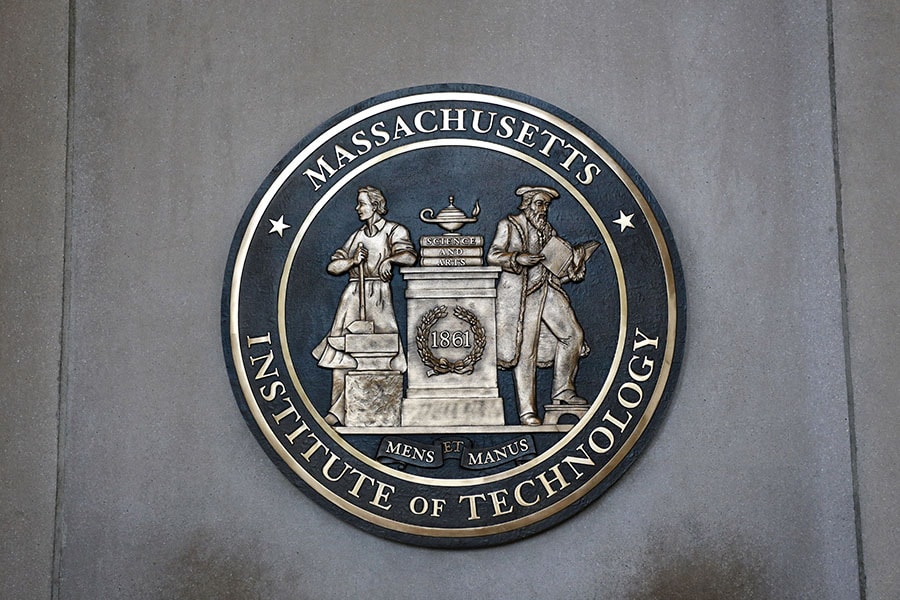
MIT digital currency initiative introduces a platform for programmable CBDCs
MIT's PArSEC platform redefines digital currencies with lightning-fast transactions, potential cross-border contracting, and transformative supply chain innovations
 Image: Shutterstock
Image: Shutterstock
The Massachusetts Institute of Technology's Digital Currency Initiative (DCI) has unveiled a platform called PArSEC, designed to usher in a new era of central bank digital currencies (CBDCs). PArSEC, short for "parallelized architecture for scalably executing smart contracts," promises to revolutionise the world of digital currencies with its impressive speed, scalability, and programmability.
PArSEC can execute smart contracts at an unprecedented speed. The platform achieved an astonishing 118,000 ERC-20 transactions per second during testing across 128 hosts. This remarkable speed far surpasses the capabilities of existing public permissionless blockchains, setting a new benchmark for efficiency in digital currencies.
PArSEC uses the ERC-20 standard, which provides a high level of versatility. This means the platform can potentially have applications beyond CBDCs, paving the way for broader use cases in the finance, healthcare, and logistics sectors. The platform's scalable and programmable infrastructure opens up exciting possibilities for the execution of decentralised applications (dapps) and smart contracts, making it a powerful tool for innovation.
One of the key advantages of PArSEC is its potential to revolutionise cross-border contracting. Traditionally, cross-border transactions have been plagued by delays, high fees, and complexities. However, with PArSEC's lightning-fast transaction speed and scalable architecture, cross-border smart contract execution can be streamlined, enabling instantaneous and cost-effective transactions. This breakthrough capability can transform international trade, making it faster, more secure, and more transparent.
Moreover, PArSEC can address the challenges faced by supply chains across industries. Issues like traceability, transparency, and counterfeit goods can be tackled using PArSEC's immutable and transparent smart contracts, executed at high speeds. This opens up exciting possibilities for optimising supply chain processes, ensuring authenticity, and reducing fraudulent activities.





